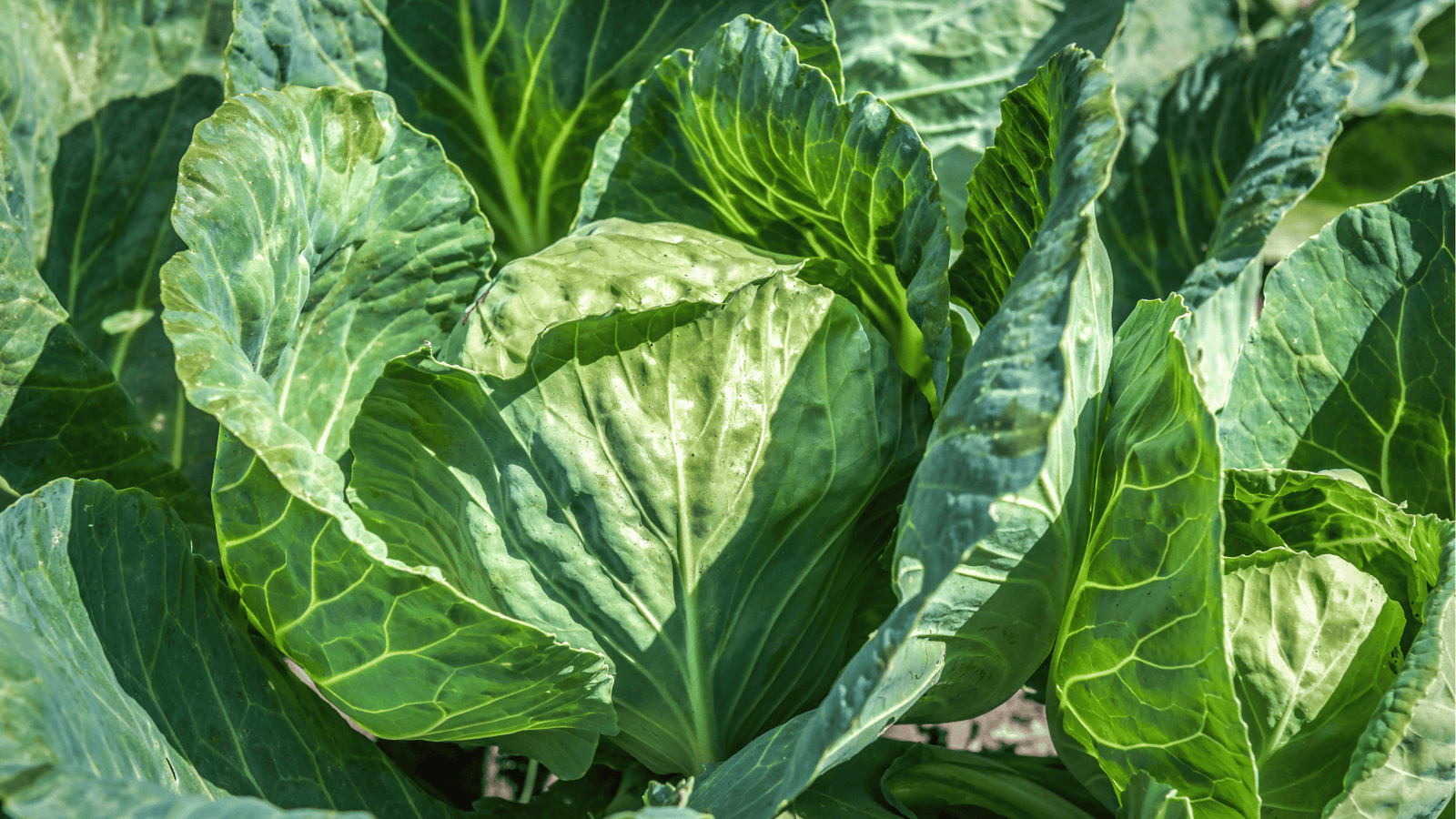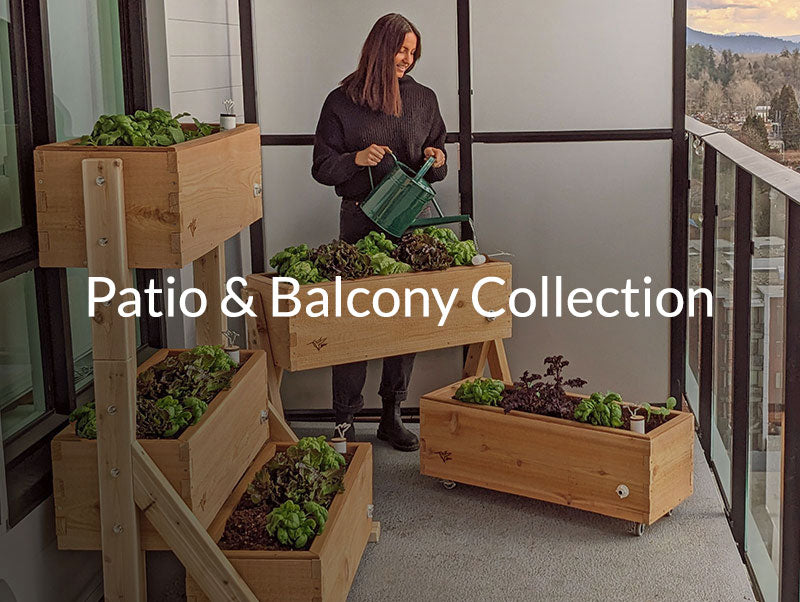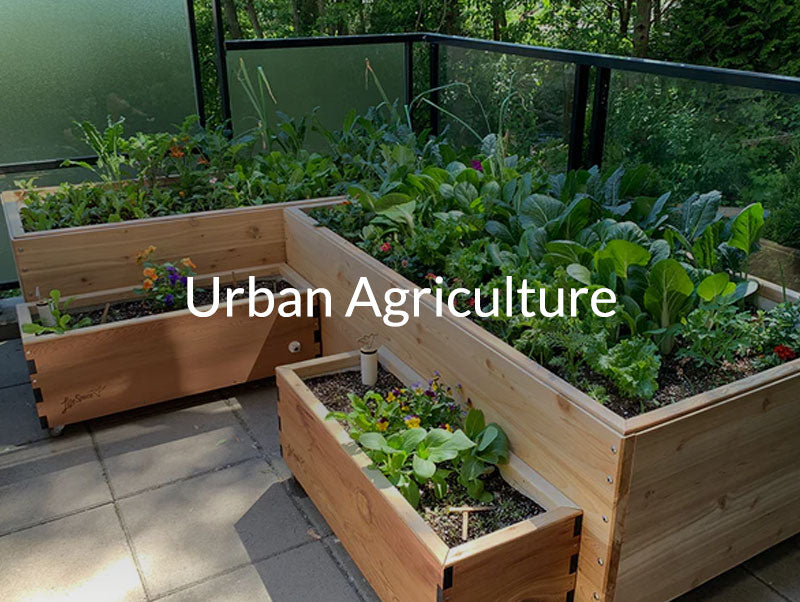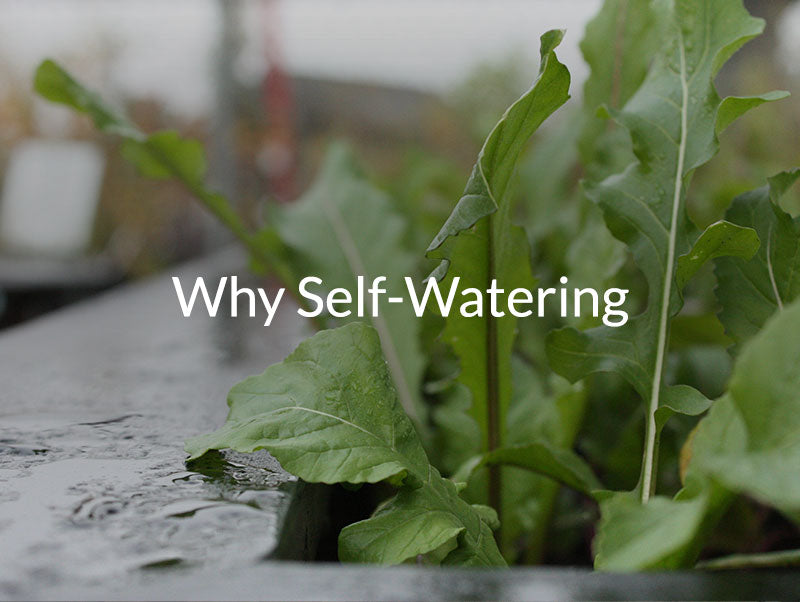Cabbage Growing Guide🥬: Spacing, Watering, and Harvesting Made Easy

Introduction
Cabbage is a cool-season brassica beloved for its versatility — from fresh slaws to fermented sauerkraut. Growing cabbage in SIPs and wicking beds ensures steady hydration, which leads to dense, tender heads and fewer cracked leaves. Using GardenWells inserts provides precise, bottom-up watering to simplify care while maximizing yields.
When to Plant Cabbage
-
Spring: Start seeds indoors in February–March and transplant seedlings outdoors in April. See the April Gardening Guide for starter tips.
-
Summer: In cooler climates, sow cabbage in June for mid-season heads. Check the June Gardening Guide for watering adjustments during hotter months.
-
Fall: Direct-seed or transplant a final crop in July–August for autumn harvests; visit the September Gardening Guide for frost-friendly care.
Square Foot Gardening Spacing
-
Spacing: 1 cabbage per sq ft
-
Depth: Sow seeds ¼” deep or transplant seedlings at nursery depth
-
Companions: Perfect with onions, beets, and nasturtiums.
How to Plant Cabbage
Starting Indoors (Preferred)
-
Start seeds 6–8 weeks before your last frost.
-
Transplant seedlings once 4–6 true leaves form and stems are sturdy.
-
Harden plants for 5–7 days before transplanting into SIPs or wicking beds.
Direct Seeding (Optional)
-
Suitable for mild climates, but less reliable than transplanting due to cabbage’s long growing season.
Watering Your Cabbage
Cabbage demands consistent, deep hydration for tight, compact heads:
-
Use your WaterStem: when the Hummingbird rises, the reservoir’s full; when it drops, refill.
-
Before establishment: Lightly top-water seedlings for the first 7–10 days.
-
After establishment: Refill SIP reservoirs every 1–2 weeks, adjusting for summer heat and plant size.
-
Mulch around plants to maintain moisture, regulate temperature, and suppress weeds.
Harvesting Cabbage
-
Timing: Ready in 65–85 days after transplanting, depending on the variety.
-
Signs of Readiness:
-
Heads feel firm and solid when squeezed
-
Leaves are tightly packed and vibrant
-
-
Cut at the base with a sharp knife. Allow secondary heads to regrow on remaining stems for bonus mini-cabbages.
Common Issues & Fixes
| Issue | Likely Cause | Solution |
|---|---|---|
| Split Heads | Uneven watering or late harvests | Use SIPs or wicking beds for stable hydration |
| Aphids & Cabbage Worms | Common brassica pests | Interplant nasturtiums or cover plants with mesh |
| Bolting | Warm weather stress | Use bolt-resistant varieties and plant in cooler SIP microclimates |
Companion Plants for Cabbage
Best companions (with cross-links):
-
Onions → Repel cabbage moths and aphids naturally.
-
Beets → Efficient SIP spacing for multi-level root development.
-
Nasturtiums → Attract pollinators and deter brassica pests.
-
Spinach → Fits well in SIP interplanting to maximize space.
Avoid planting with:
-
Other brassicas like kale, broccoli, and brussels sprouts — they share pests and nutrient needs.
-
Strawberries — attract pests harmful to cabbage.
Product Tips
-
Small balconies? Use CondoFarms self-watering planters to grow compact cabbage varieties.
-
DIY gardeners? Turn raised beds into high-performance wicking beds with GardenWells inserts.
-
Scaling up harvests? Install custom self-watering raised beds for maximum production.







